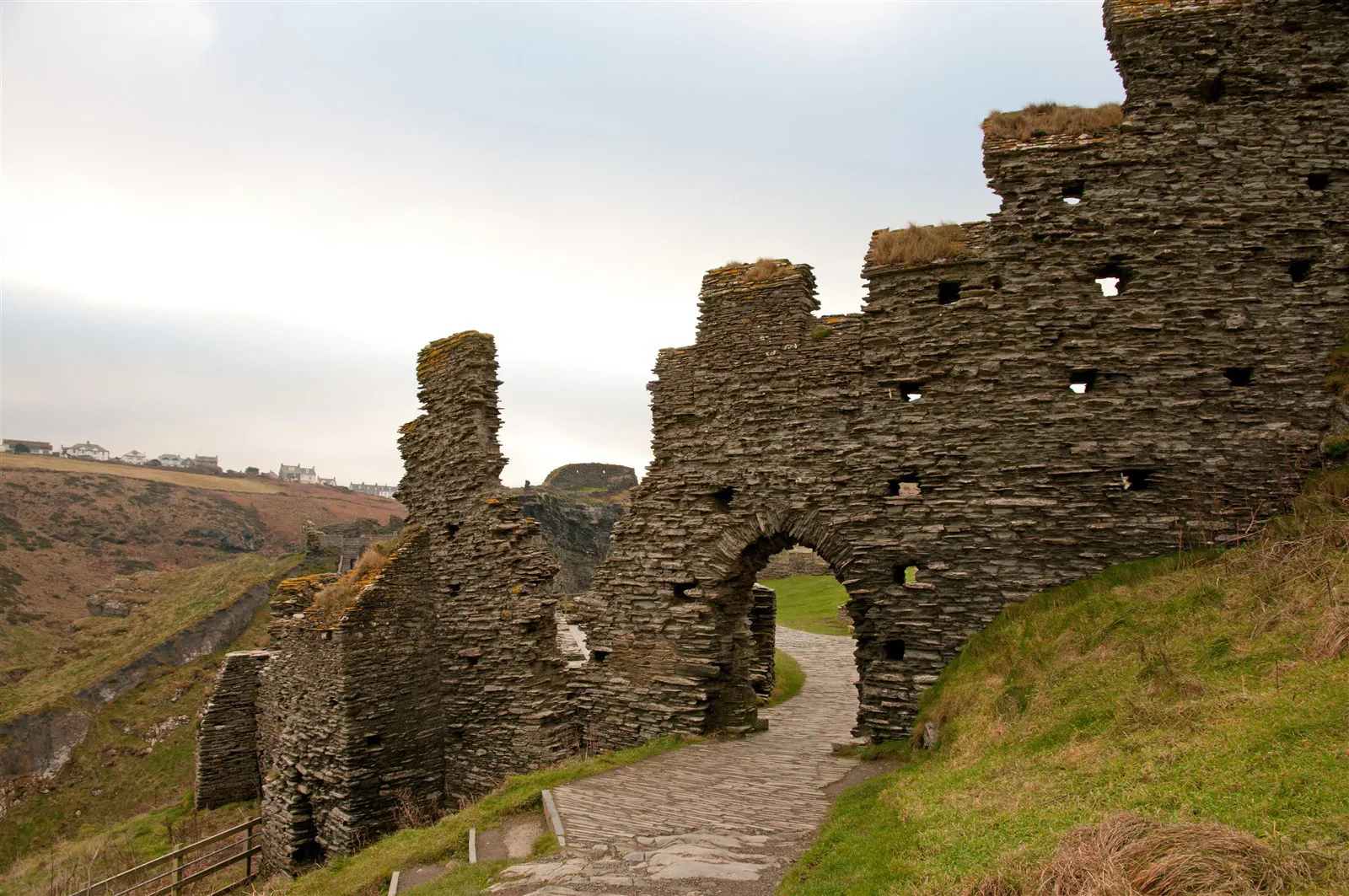
Everything you need to know to play (and win) at Conkers
The classic game of conkers has been around for over 150 years, with the first recorded conkers game occurring in 1848 on the Isle of Wight. There are even World Conker Championships that take place annually in Northamptonshire. This game remains popular thanks to the low amount of materials needed to play, the ease with which it can be played, as well as the fun you have while doing so!
Below you will find information on tips and rules for playing a conkers game, which offers great entertainment for both kids and adults alike.
Choosing and preparing your conker
A conker is a brown nut that comes from the horse chestnut tree. The nuts will drop from the tree during autumn when they are ripe and this is the ideal time to collect them. They are found in green prickly cases which can be broken open to access the nut inside.
You should choose a conker that is not cracked and is firm. It should be as symmetrical as possible. You can test how good your conkers are by putting them in water. Mouldy and cracked ones will float whereas suitable ones will sink.
There are some tips you can use to artificially make your conker stronger, such as baking it in the oven, soaking it in vodka or whiskey, as well as soaking it in vinegar for a couple of minutes. Other things to try include freezing it overnight, giving it a dose of hairspray or alternatively painting it with nail varnish. Depending on the rules you follow, artificially hardened conkers may not be allowed so it’s important to declare before the game whether they are allowed in order to make it fair.
If you have a good conker from a year or several years ago you should hold onto it and use it during your next games. You can store your conker in a dry, dark place for a year which should also harden it further.
In order to prepare the conker for playing, drill a hole through the middle of it and thread a piece of string through the hole. Then tie one end in a knot so the conker can’t fall off the string. Keep the hole as small as possible - the bigger it is, the less resistance to impact your conker will have. The string needs to be long enough to wrap around your hand a couple of times while the conker hangs down no less than 20 centimetres from your knuckles.
How to play the game
The game involves two players. One player wraps the string around their hand a few times and holds the conker out in front of them at arm’s length so it dangles on the string. The second player then gets to try and hit it with their own conker. The person who strikes first is usually decided by a coin toss.
The striking player wraps the string around their hand a few times and then holds the conker in their other hand and aims at the dangling conker before swinging their arm in an arc and releasing their conker so it can fly at the dangling conker. Other options that people sometimes employ include swinging from the side or diagonally rather than in a vertical arc, so it’s up to you to decide which method to use.
The first player is not allowed to move their conker while the second player tries to hit it. If they do so, the second player gets another try. Traditionally each player is allowed 3 attempts to hit their opponent’s conker before it becomes the opponent’s turn. Each player alternates turns, with the objective being to destroy your opponent’s conker before they destroy yours.
There are variations to the rules, such as whether artificially-hardened conkers are allowed or whether people can stamp on each other’s conkers if they are dropped accidentally, so it’s up to both players to agree on what rules to follow before they begin playing.
How to score the game
You score when you successfully break your opponent’s conker. The score depends on how many times that conker has won a game before and how many times the conker you destroy has won before. It is the conker itself that receives the points which are recorded as a title.
If a conker that hasn’t been used in a game before successfully breaks another new conker (which also hasn’t been used in a game before), it scores one point and is called a one-er. In a subsequent game if this conker again successfully destroys a new conker, it becomes a two-er and so forth as the games progress.
If a conker destroys a conker that has already accumulated points then the points of the destroyed conker are won and added to the winning conker, so for example a new conker that defeats a two-er would become a three-er. If both conkers in the game already have scores, then the scores are added together for the winning conker, so a four-er that defeats a two-er would become a six-er.
A cracking game where you’re guaranteed to have a smashing time
Playing conkers is great fun and as long as you observe some straightforward safety considerations even young children can get involved. When playing or watching a game it is important not to stand too close in case you get hit with a conker. You may get your knuckles bruised during the game so try to practice your aim without using too much force and encourage others to do so too. As long as you remember to have fun (it’s a game after all and shouldn’t be taken too seriously!) a game of conkers is sure to be a real hit.
Download our list of everything of you need to remember for the perfect camping trip!
DownloadThese ideas for days out, places to visit and other experiences offer something for everyone.
Browse Ideas








